
- Panoramapunkt Berlin
- Friedrichstadt Palast
- Big Bus Berlin Hop-on Hop-off Tours
- City Sightseeing Berlin Hop-on Hop-off Tours
- Illuseum Berlin
- DDR Museum
- Berlin Wall Museum
- Berlin Welt Balloon
- Sachsenhausen Concentration Camp
- Studio of Wonders
- Madame Tussauds
- Samurai Museum Berlin
- LEGOLAND Discovery Centre Berlin
- Fotografiska Tickets
- Neues Museum
- Berlin TV Tower
Exploring the Reichstag building: Berlin's beacon of democracy
The Reichstag Building in Berlin is home to the German Bundestag, which has a rich political history. Its spacious rooftop, crowned with a striking glass dome, offers breathtaking 360° views of Berlin. This iconic structure not only serves as a po...
Also Known As
The German Parliament
Founded On
1894
Founded By
Norman Foster
Quick Information
Plan your visitDid you know?
In 1933, the Reichstag was severely damaged by fire, an event that played a crucial role in Hitler's rise to power. The building lay dormant for decades until its restoration in the 1990s after German reunification.
During the restoration, graffiti left by Soviet soldiers in 1945 was preserved, offering a poignant reminder of the building's wartime history. You can still see it on your visit to the Reichstag.
If you look closely, you can still see bullet holes from the Battle of Berlin in 1945, a stark reminder of the building's tumultuous past.
Book Your Reichstag Tickets
Inside Reichstag: what to see and do?
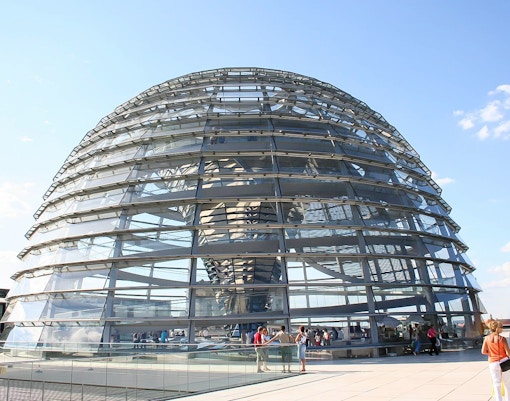
Dome of the Reichstag
Enjoy 360-degree views of Berlin from the Reichstag dome made of 3,000 glass panels supported by a steel frame. It was designed by Norman Foster and is accessible via a spiraling ramp.
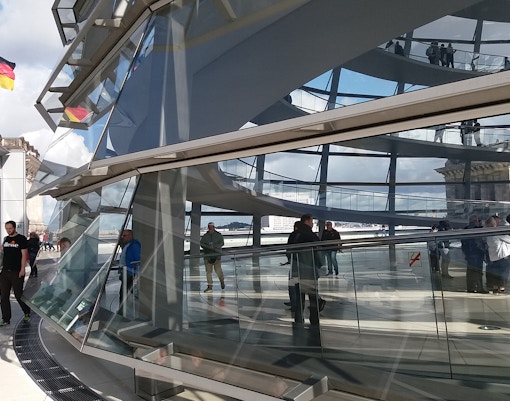
Reichstag roof terrace
Adjacent to the dome, the rooftop terrace offers panoramic views of Berlin's skyline. It’s an ideal spot for photography and to take in the city's sights from a unique vantage point.
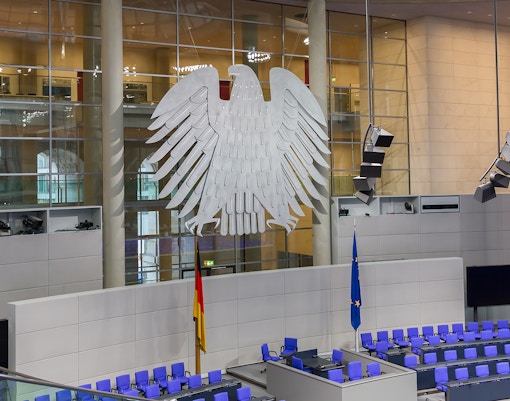
Plenary Chamber
The heart of German democracy, the Plenary Chamber, is where the Bundestag (Federal Parliament) meets. Visitors can observe the proceedings from the public gallery during sessions.
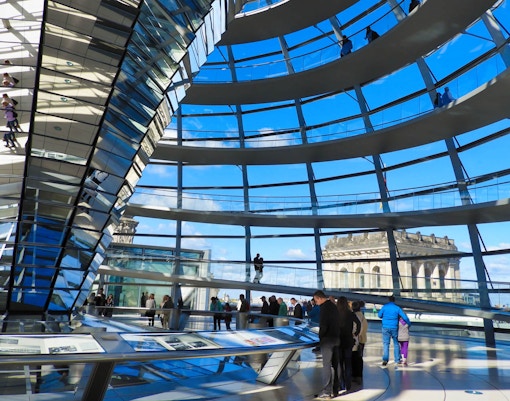
Parliamentary history exhibition
Gain insights into the dynamic history of the German parliament building through selected documents, images, and short texts spread across twelve cases inside the Reichstag dome.

Rooftop restaurant
Grab a meal at the Käfer Dachgarten Restaurant on the rooftop while enjoying excellent views of the Berlin skyline. Its open from 9am to 5pm and 7pm to 12am.
Prior reservation required!
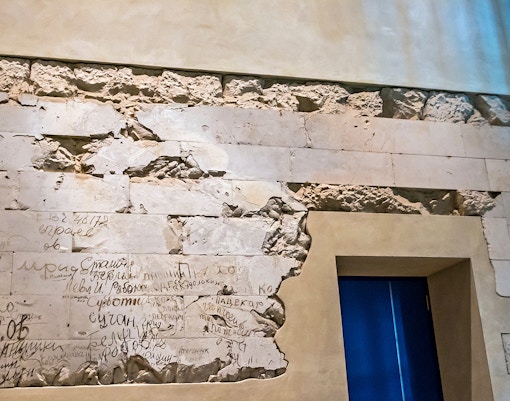
Cyrillic graffiti
After the siege of Berlin's Reichstag building in 1945, Soviet soldiers left graffiti on the building's walls. These markings have been carefully preserved, offering a poignant reminder of the building's wartime history.
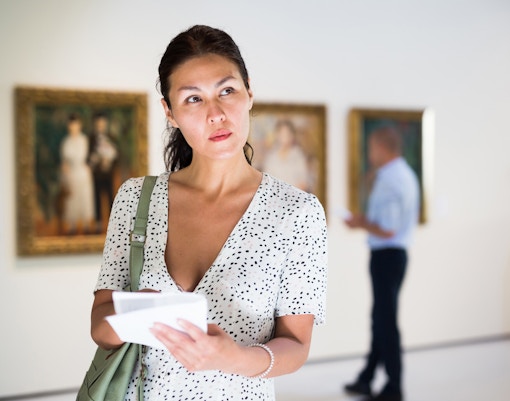
Artworks
You can see a variety of artworks by renowned German and international artists in Reichstag parliament building. These include pieces by artists from the USA, France, and Russia, reflecting Berlin's former four-power status.
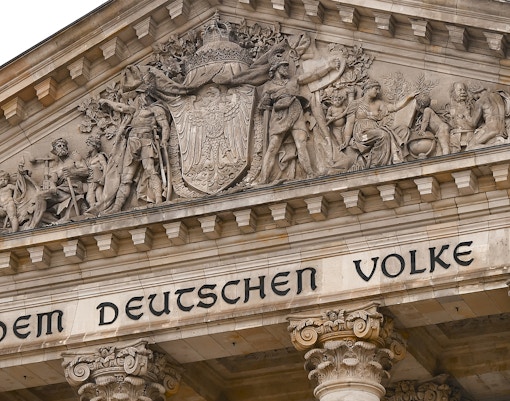
Dem Deutschen Volke inscription
Translated as 'To the German People,' this inscription on the building's facade represents a commitment to democracy and unity. It's a powerful reminder of Reichstag's role in German history.
Reichstag history in a nutshell
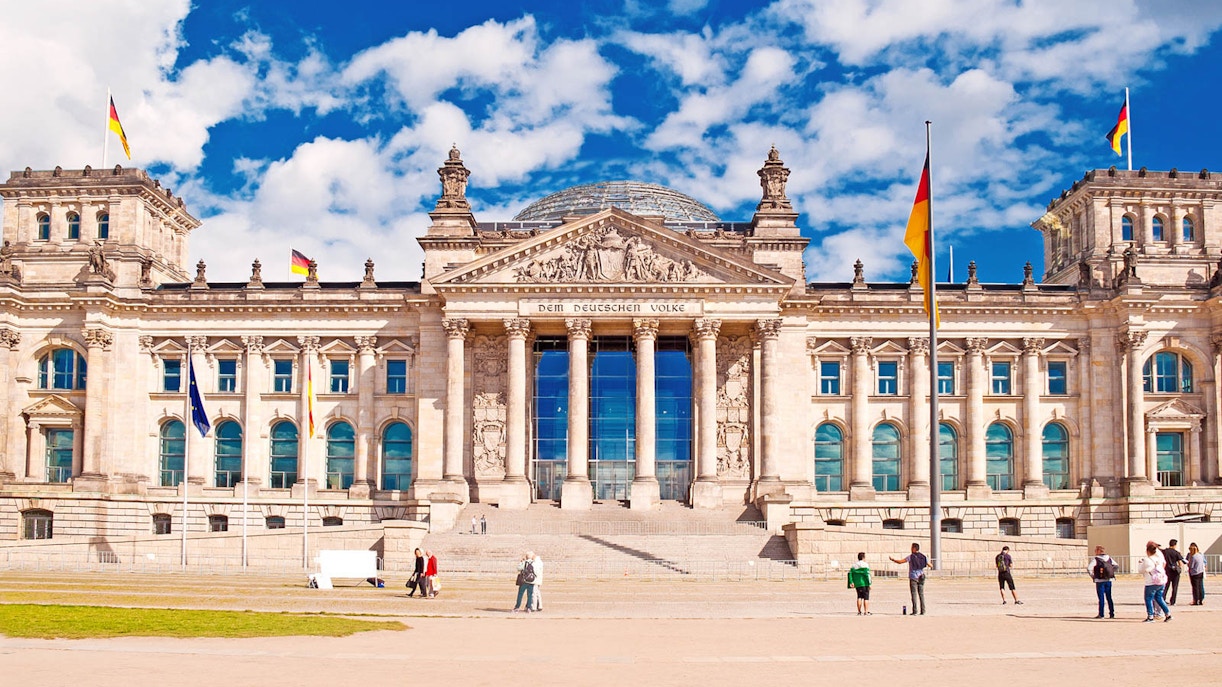
The Reichstag building, Berlin, Germany, has quite the story to tell, starting from its inception in 1894. Initially built as the meeting place for the Imperial Diet of the German Empire, it's been a silent witness to some major historical moments, like the tumultuous rise and fall of the Third Reich. Things took a dark turn in 1933 when a fire caused serious damage, and the Nazis took advantage of the chaos to tighten their grip on power. During the Cold War, the Reichstag fell into disrepair and was largely forgotten.
However, in the post-war era, Berlin's Reichstag turned into a symbol of Germany's reunification. The decision Reichstag restoration was made in 1990, and British architect Sir Norman Foster led the project. The renovation was completed in 1999 with the addition of a glass dome, transforming the Reichstag into the modern structure we see today as the seat of the German parliament. Today, the Reichstag building stands as a monument to the resilience and democratic spirit of Germany, attracting visitors from around the world who wish to witness its storied past and its role in shaping the nation's future.
Reichstag Berlin historyBerlin's Reichstag today
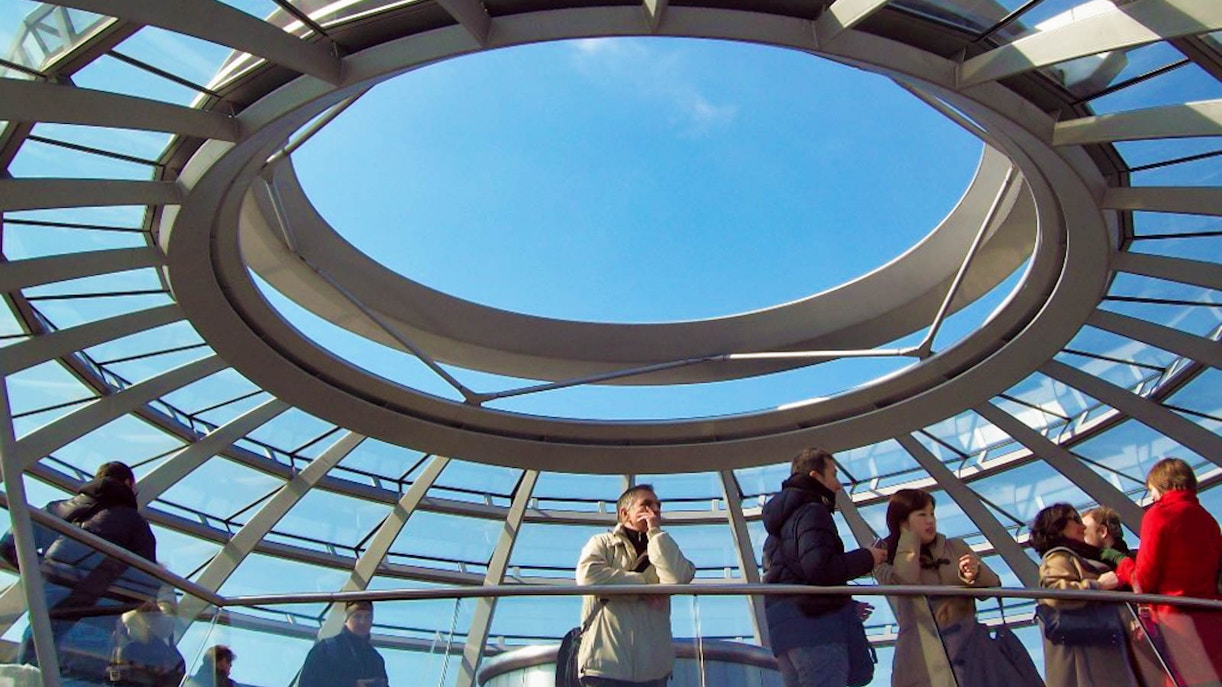
Today, the Reichstag building serves as the seat of the German Bundestag (German federal parliament). Visitors flock to this iconic building to marvel at its imposing architecture, delve into its storied past through informative exhibits, and ascend to the majestic glass dome for panoramic views of Berlin's skyline. It stands as a powerful reminder of Germany's journey from a fractured past to a beacon of democracy in the heart of Europe.
Reichstag building photosFrequently asked questions about the Reichstag Berlin
The Reichstag Berlin currently serves as the seat of the German Bundestag, the federal parliament. It hosts parliamentary sessions and legislative proceedings, symbolizing Germany's commitment to democracy.
Guided tours of the parliament building, Berlin, usually last about 90 minutes, covering the plenary chamber, historical exhibitions, and the dome. Plan for additional time to explore the Reichstag rooftop terrace and enjoy the city views.
Reichstag guided tours are available in English and German. Please check the availability of your preferred language when booking your tour.
Yes. The Reichstag dome is open year-round, including weekends and public holidays. However, it may close occasionally for maintenance or official events, so it's best to check in advance.
Yes. You can visit the Reichstag parliament building in Berlin without a guided tour, but access to the building, including the glass dome and rooftop terrace, requires prior registration. A Reichstag guided tour, however, provides a deeper understanding and a more comprehensive experience.
Early mornings and late afternoons on weekdays are the best times to visit to avoid crowds. Weekends and holidays tend to be busier.
The Reichstag dome offers a 360-degree view of Berlin's skyline and an informative exhibition about the building's history and architecture. The spiraling ramp inside the dome is a highlight.
No, pets are not allowed inside the Reichstag except for service animals with proper documentation.
Yes, the Reichstag offers evening visits to the dome, allowing you to enjoy Berlin's illuminated skyline. Evening visits are popular, so early registration is advised.
Yes, the Reichstag is located near several major attractions, including Brandenburg Gate, Gendarmenmarkt, the Holocaust Memorial, Potsdamer square, and Berlin Palace, making it easy to explore more of Berlin's landmarks.